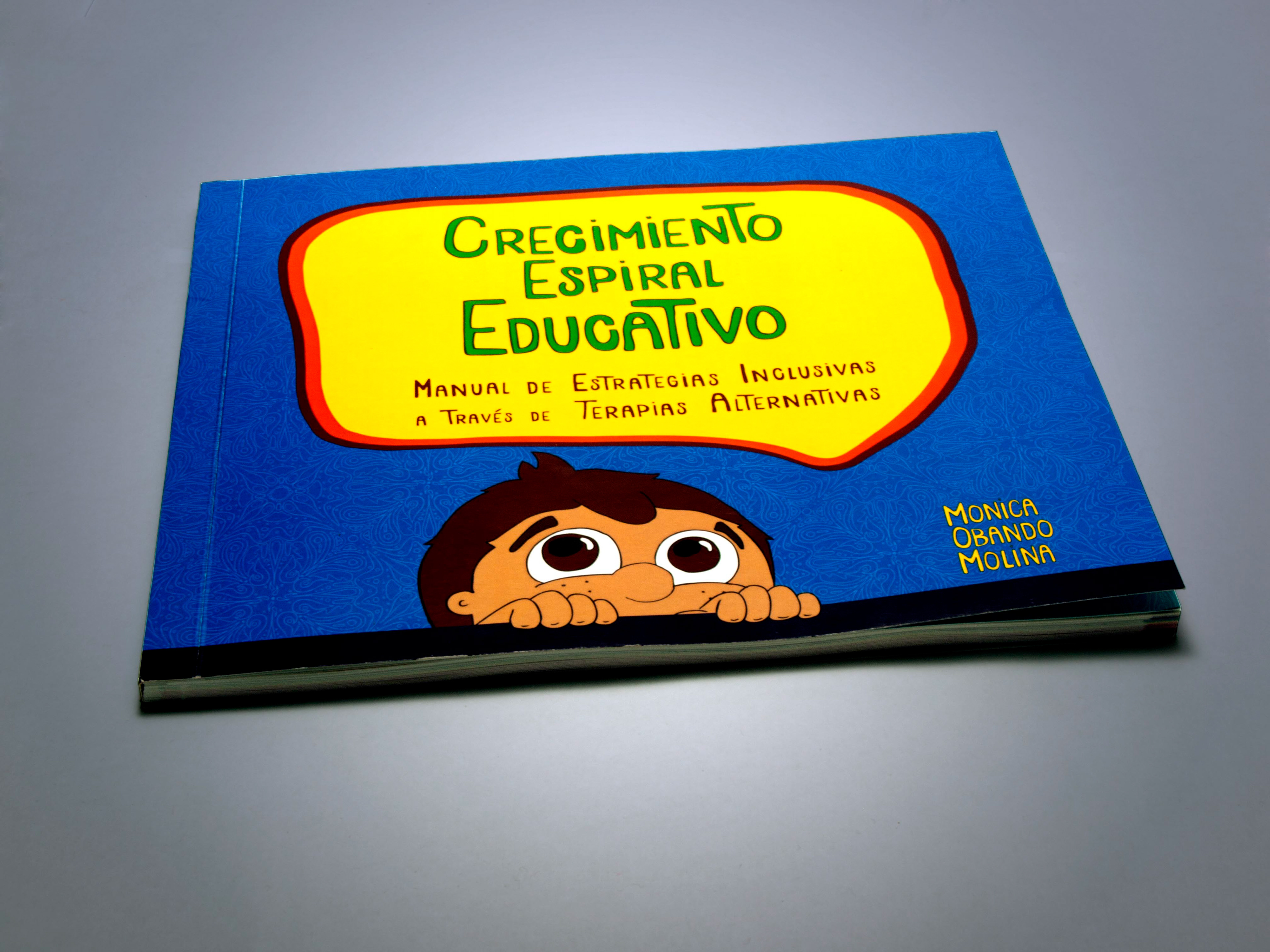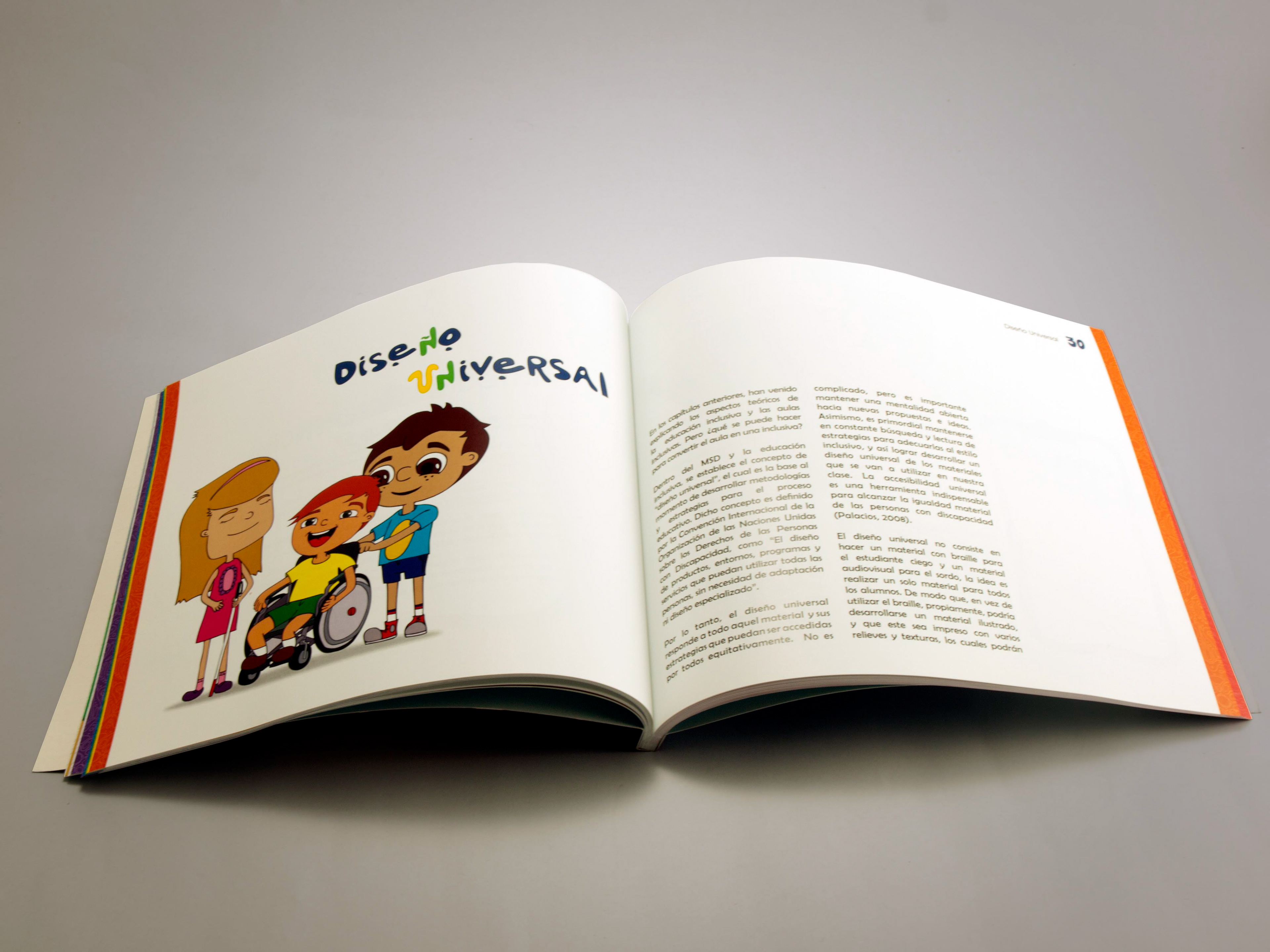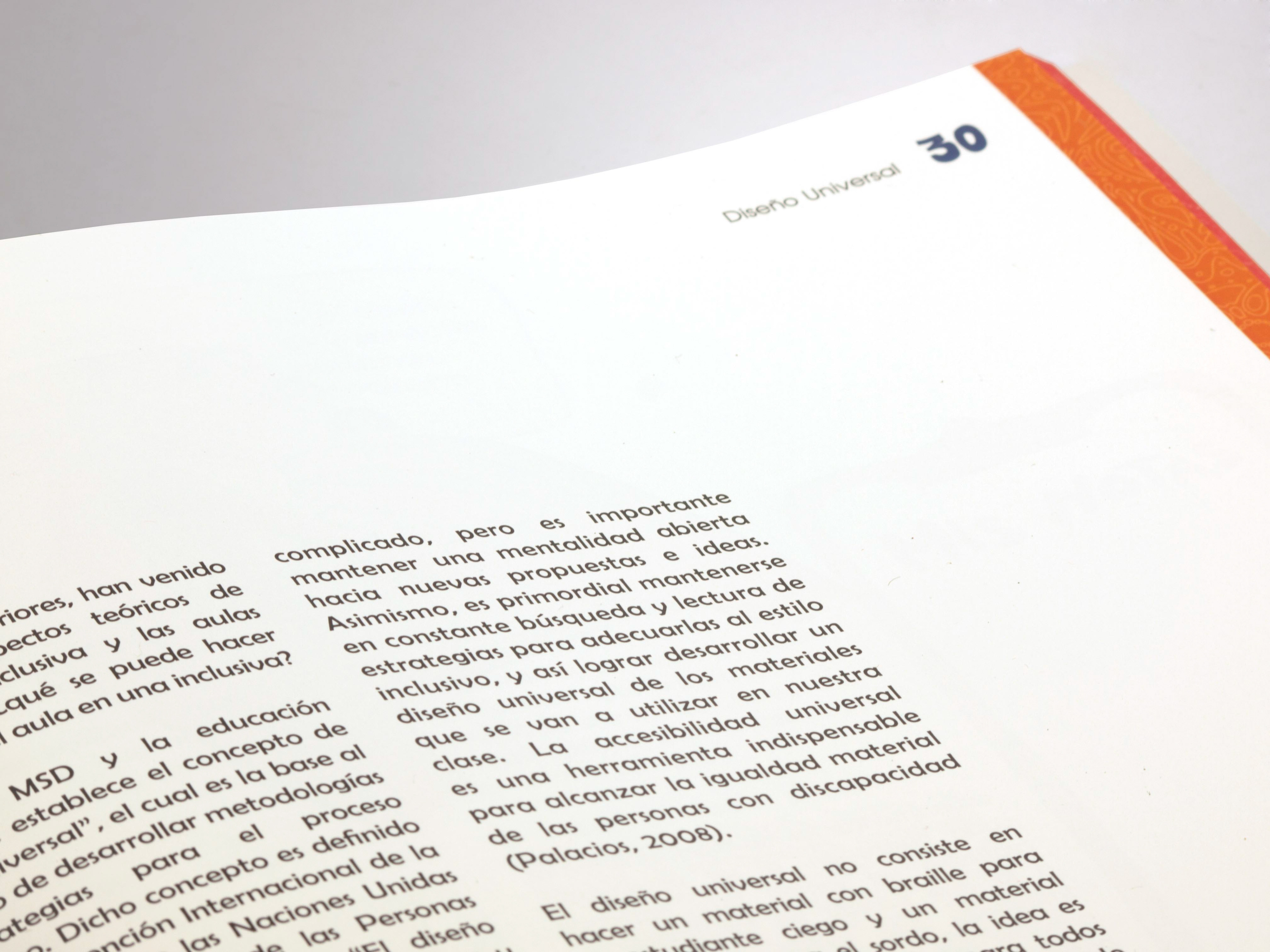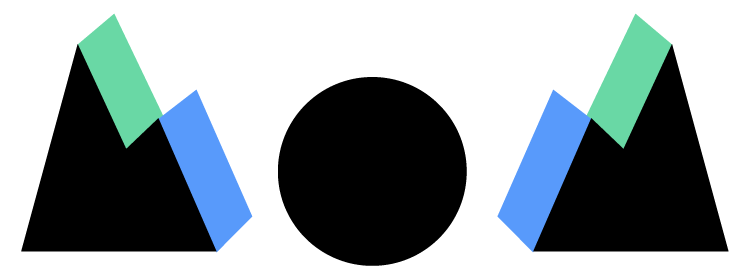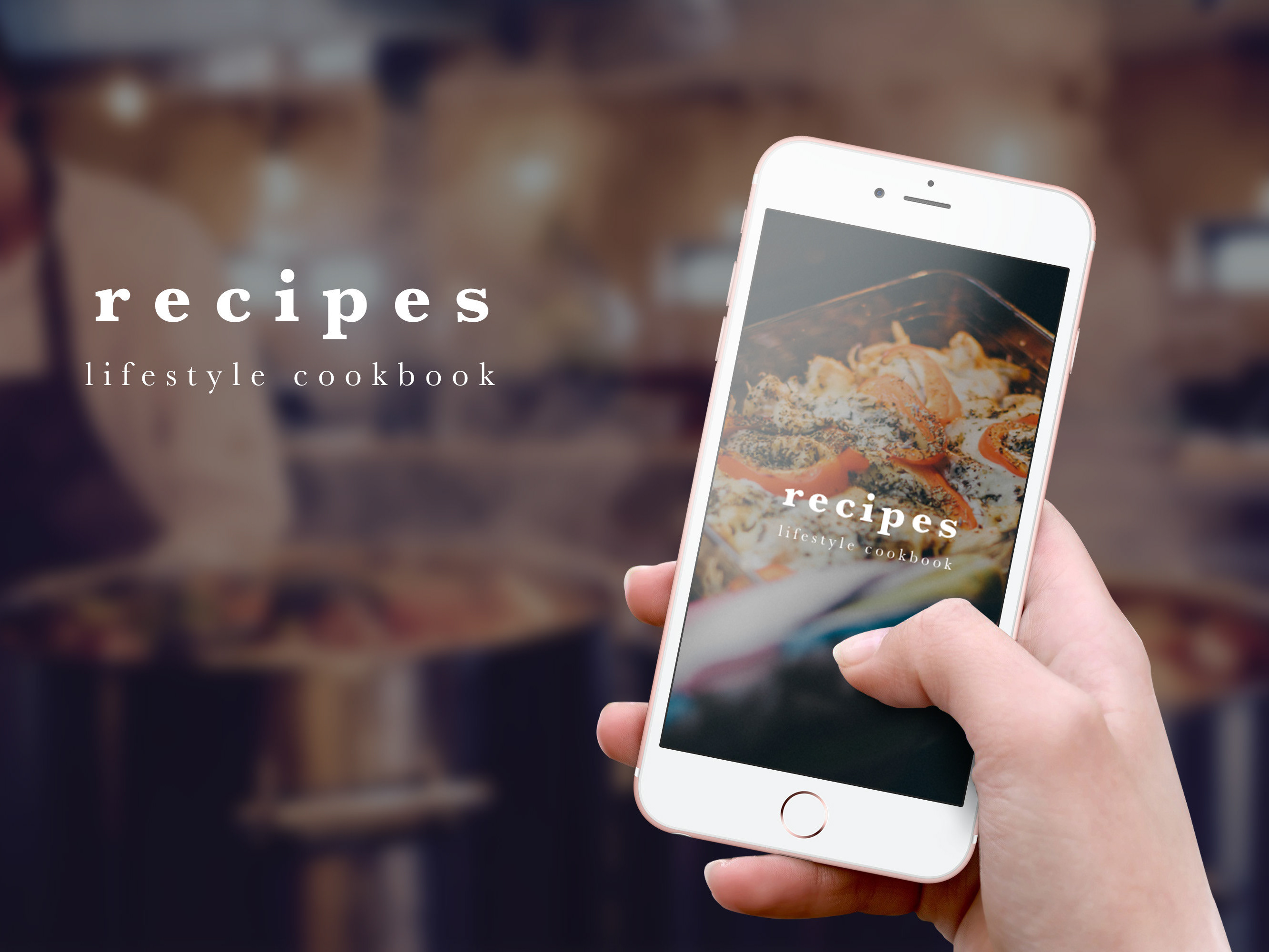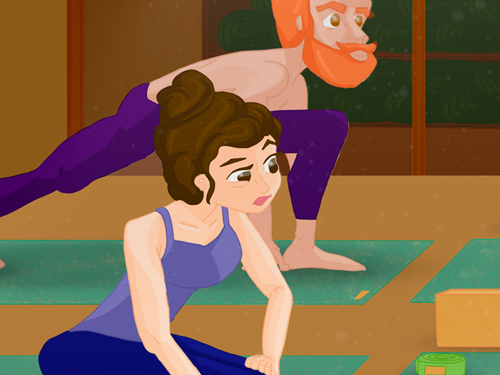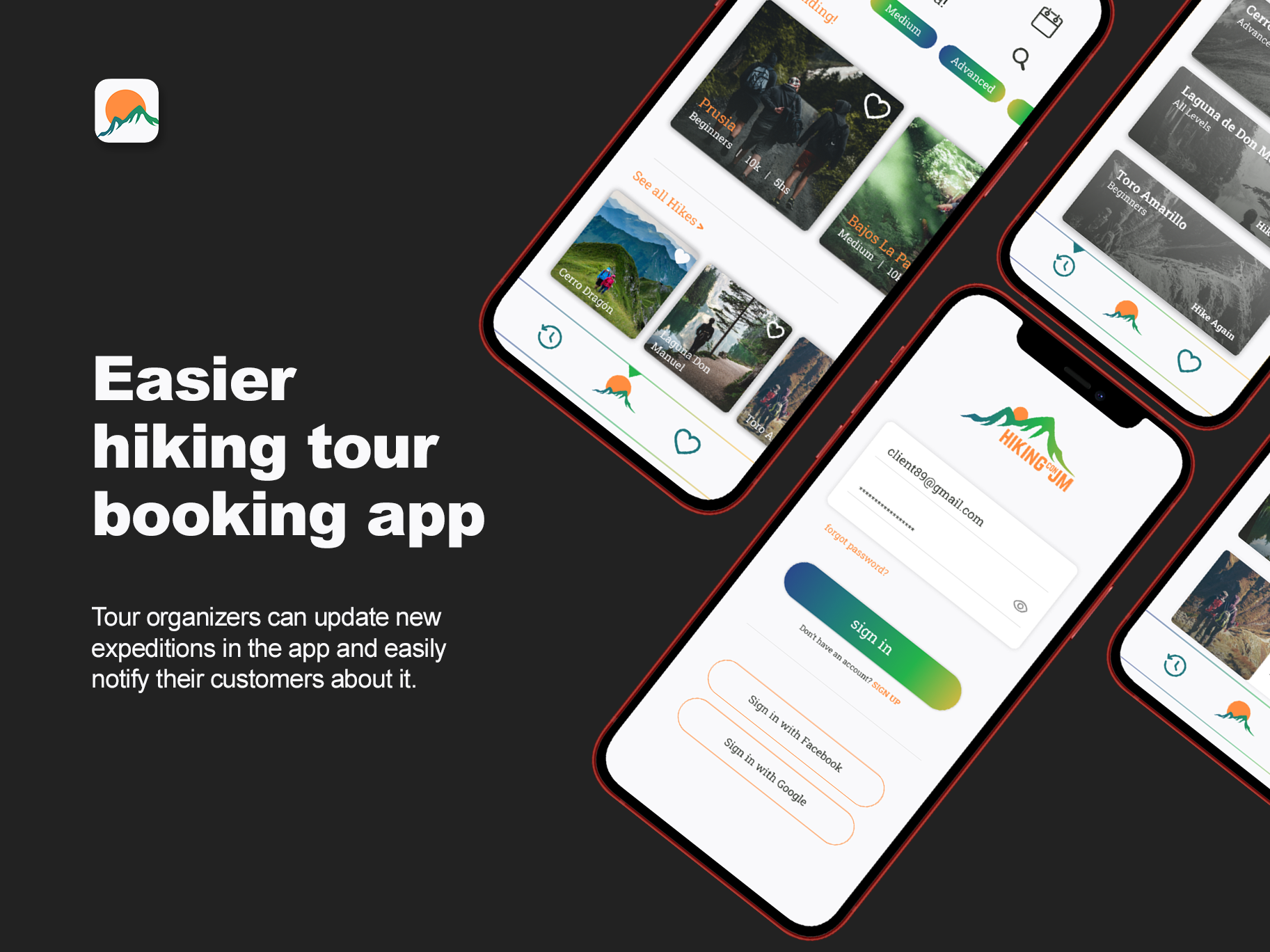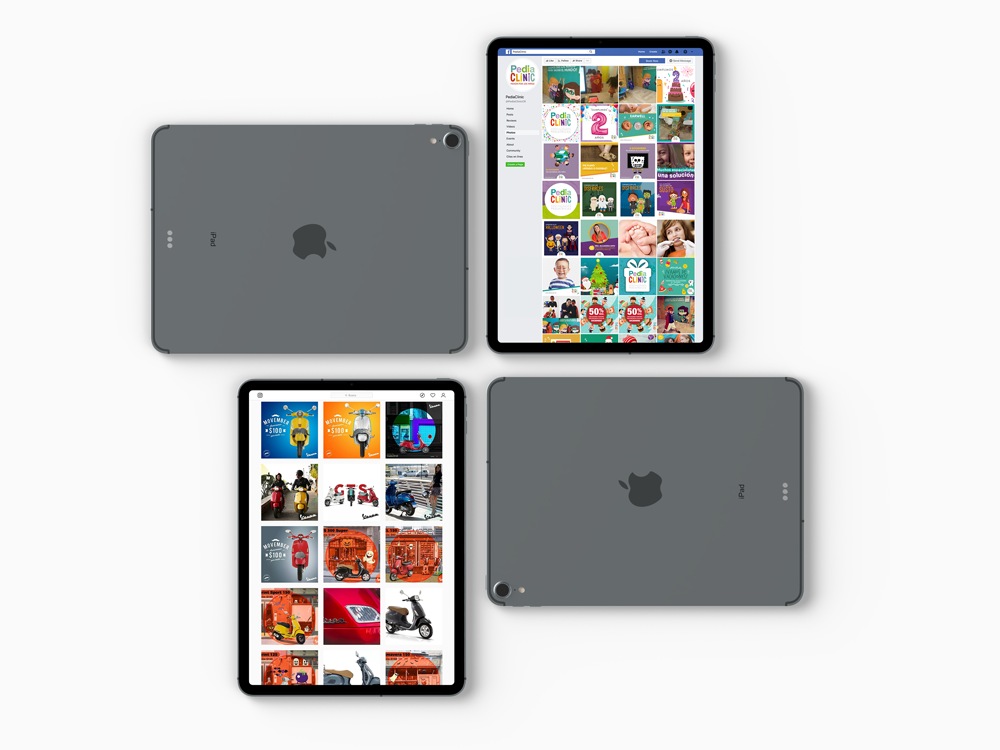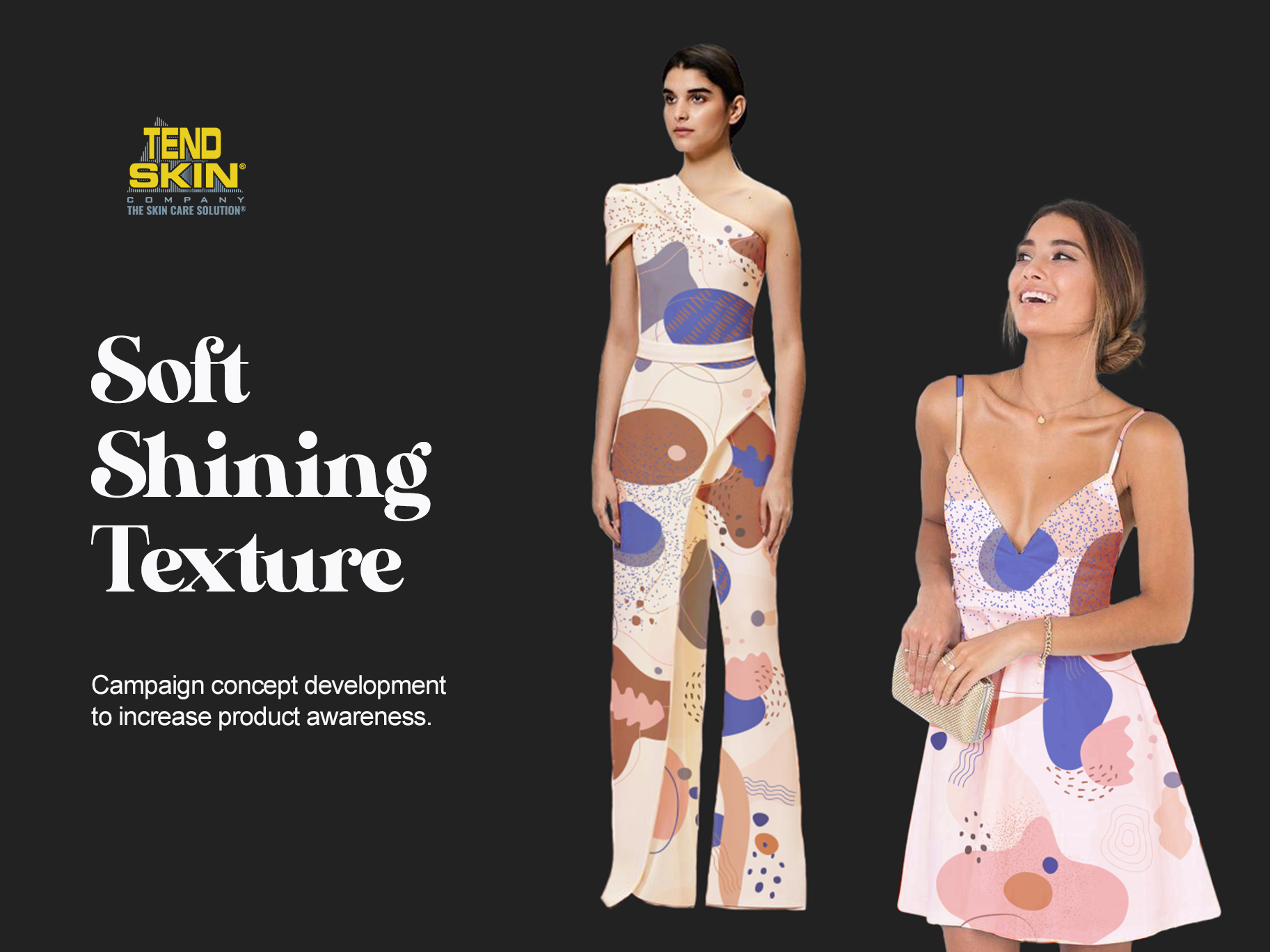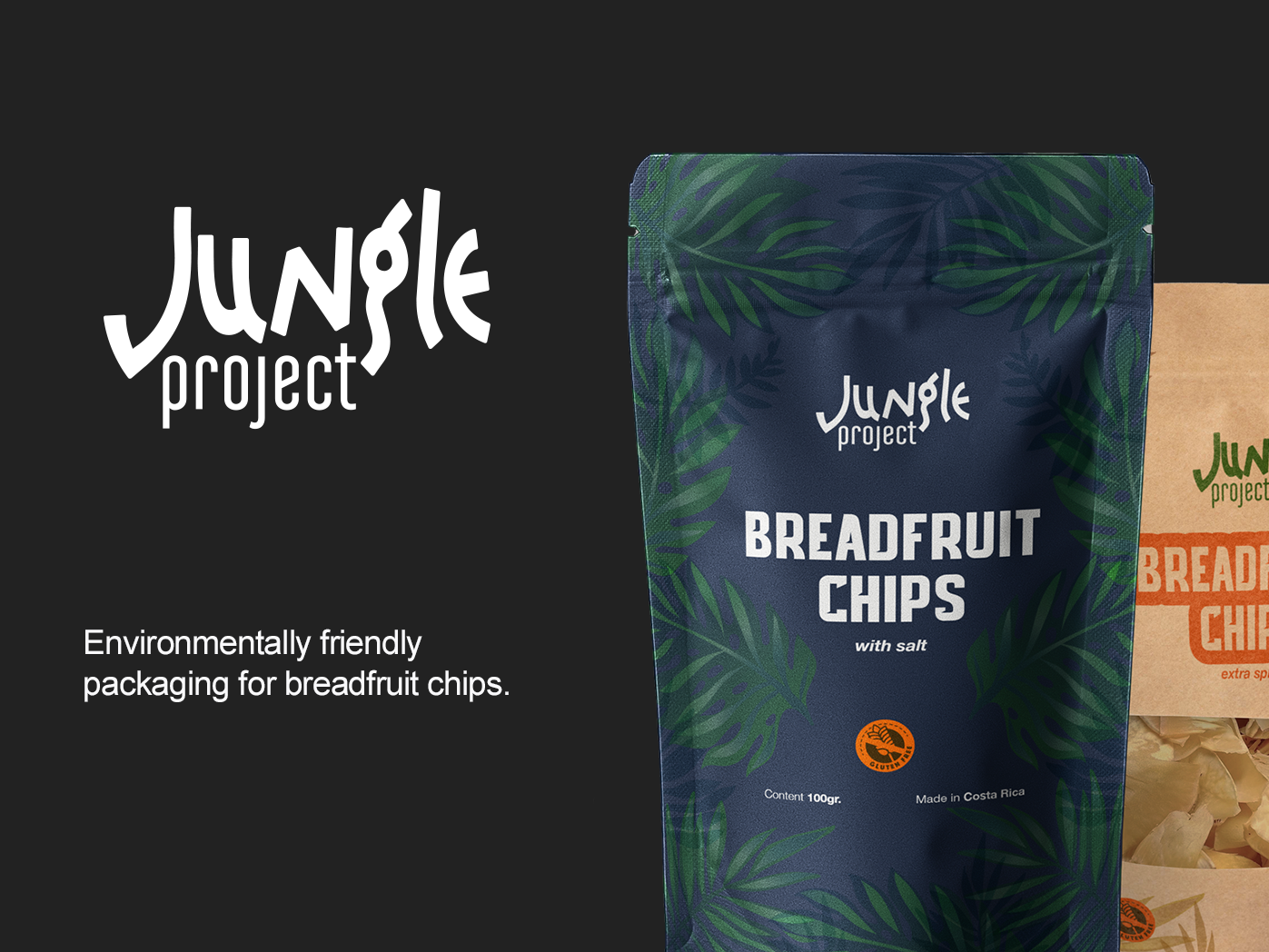The research was made to establish teachers' concept knowledge in special education and inclusive practices to create an inclusive learning experience in their classrooms. the learning experience must show innovation and adjustment to new technology and tools to improve greater outcomes in kids' development.
Problem: Lack of interest and willingness from teachers to learn and improve their current teaching traditional methods. Work overload with traditional programs, teachers don't have time for creating an inclusive teaching method. The lack of tools and technology that ease and allow teachers and students to experience an inclusive learning environment.
Objectives: Identify the teachers' knowledge on inclusive education and special education. Identify the teachers’ knowledge of alternative therapies. Create a print guide tool with inclusive strategies and methods to be applied by teachers in their classrooms to support creative and inclusive learning development.
Methods: 19 mixed-ended questionnaires with first, second, and third-grade teachers. The research is applied in Costa Rican soil; the schools being part of the research were: Escuela Pío XII, Escuela de Las Nubes, Escuela de Patio de Agua, Escuela José Ana Marín. 4 mixed-ended interviews with teaching specialists from Escuela José Ana Marín and the government office, CENAREC by its acronym in Spanish, in charge to promote inclusive learning tools and certifications to Costa Rican teachers. A co-design session with Yorleni Mendez, psychopedagogue from Escuela Pío XII with whom I worked to establish and created inclusive activities using alternative therapies. A naturalistic observation through 4 non-consecutive weekdays, to perceive and understand the interaction between the teacher and the classroom on a day-to-day basis. Parents had to sign a consent form to allow the research observation.
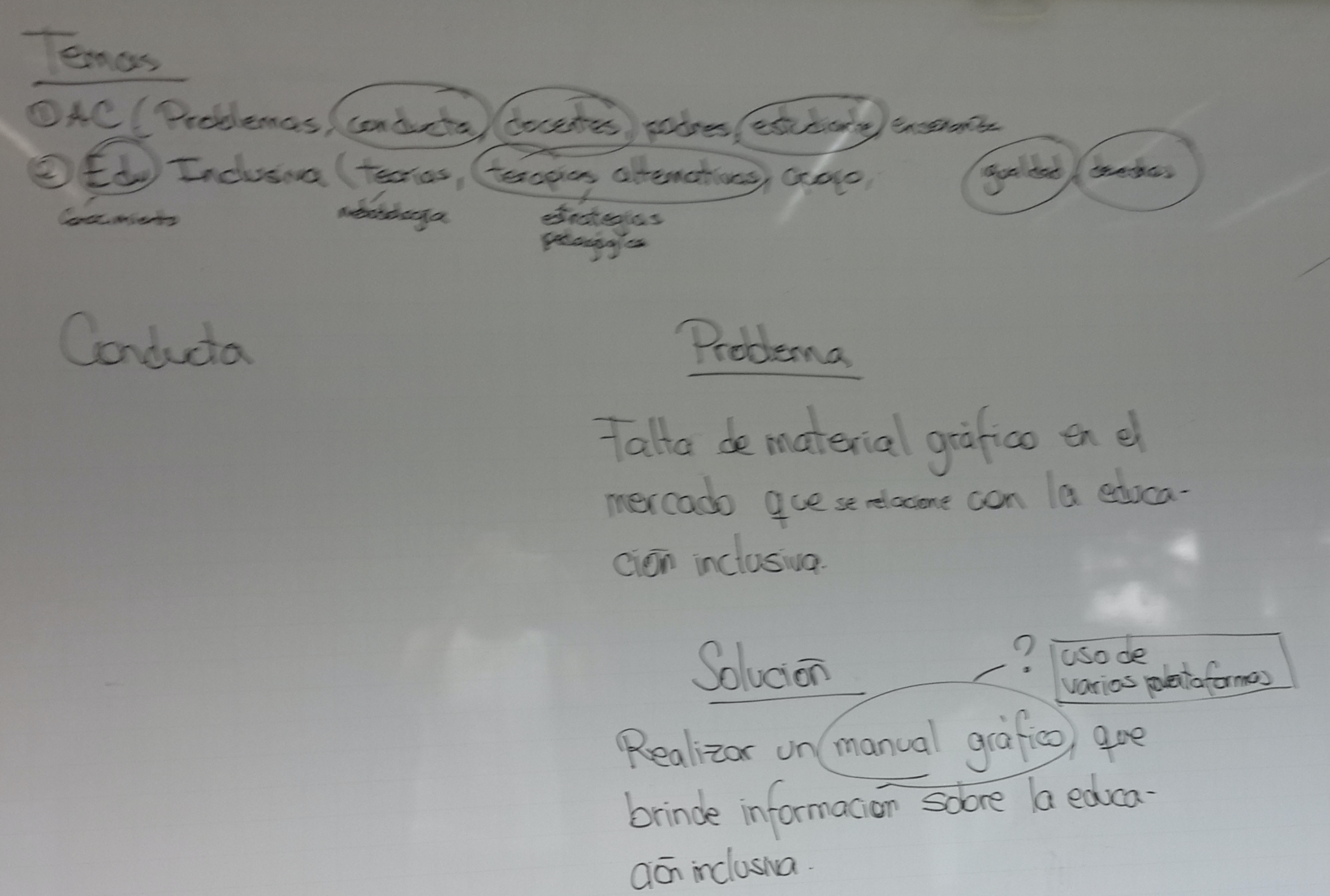
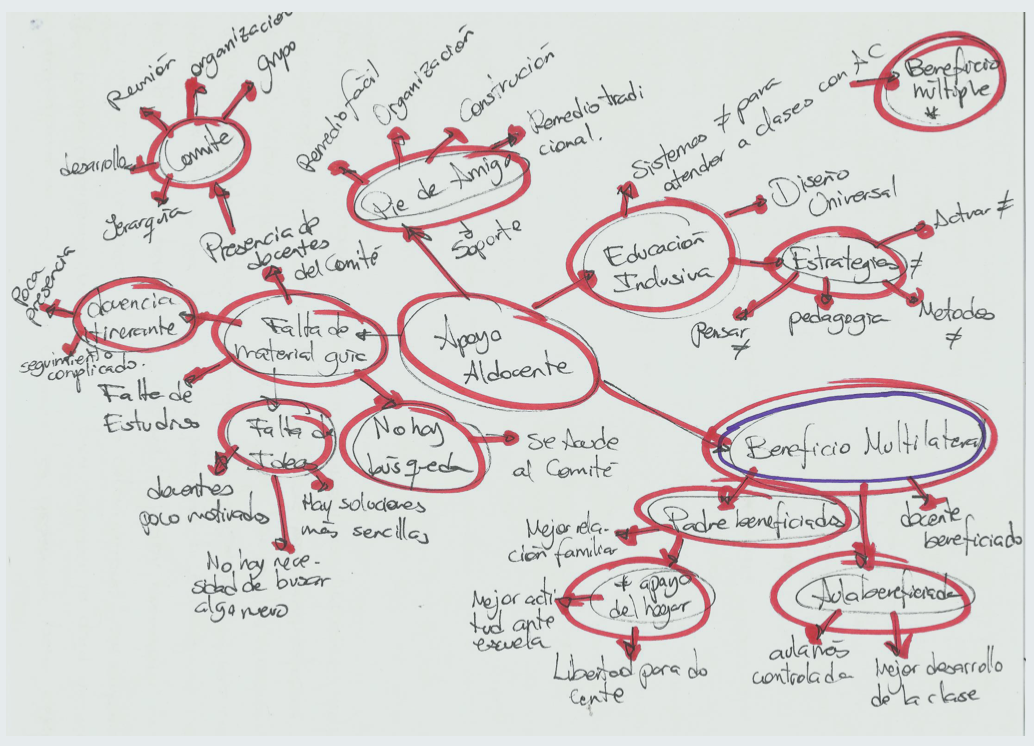
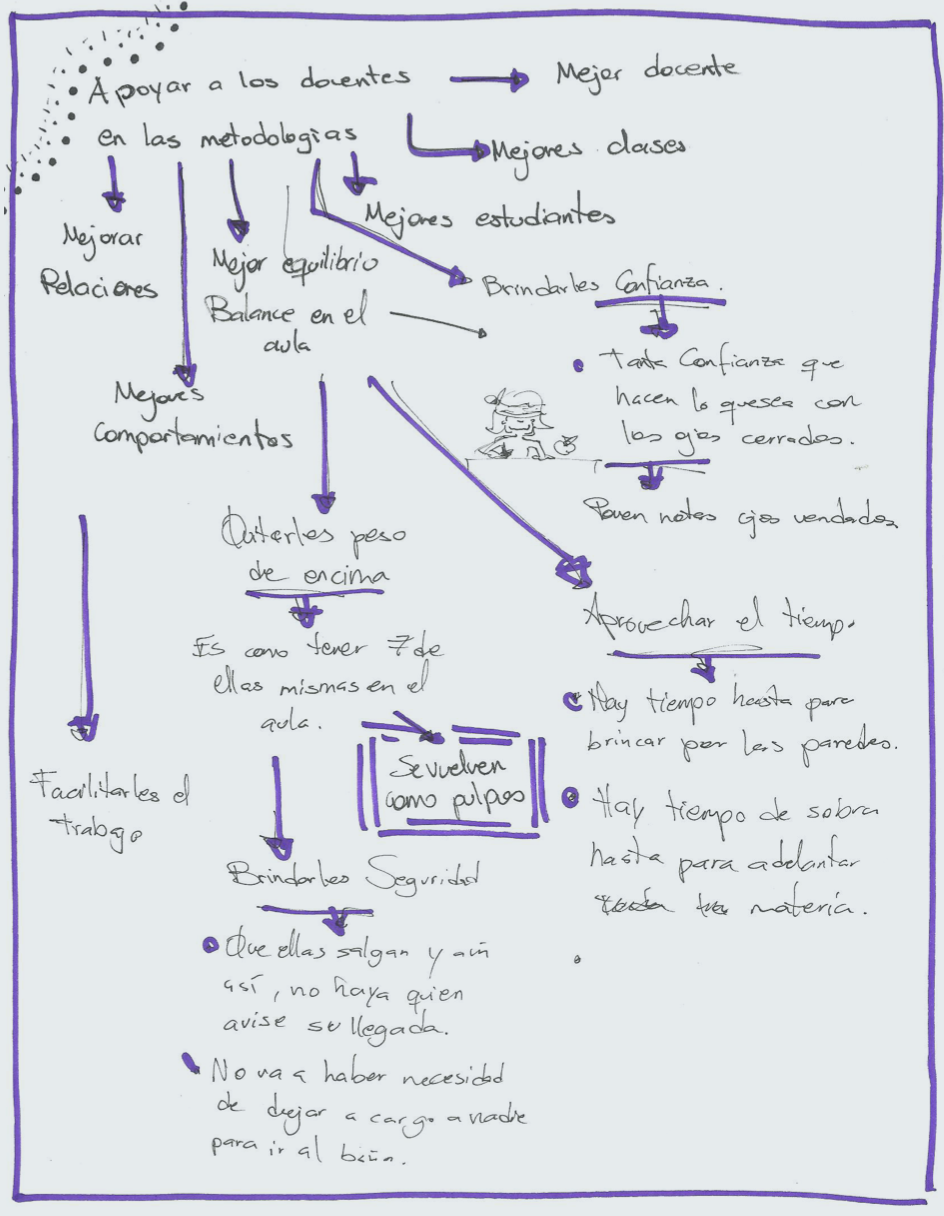

Design Thinking
The start point to create anything with this project was developing a hybrid abstract creative table. In the top (in blue) are keywords related to the developing topic; at the left side (in red) random categories were selected between my mentor and me, to create abstract relationships through questions such as: if the student were a fruit, what fruit would it be?
Brand Name
"Unidad Educativa"
The term "UNIDAD" refers to the individualization of objects, plus the unifying vision of various elements. Teachers must know each student's history and personal background and keep a broad perspective of the class background and history. The second part of the brand name, "EDUCATIVA" falls under the traditional and explanatory meaning: the brand relates to school education, re-educating teachers and society to an inclusive mindset.

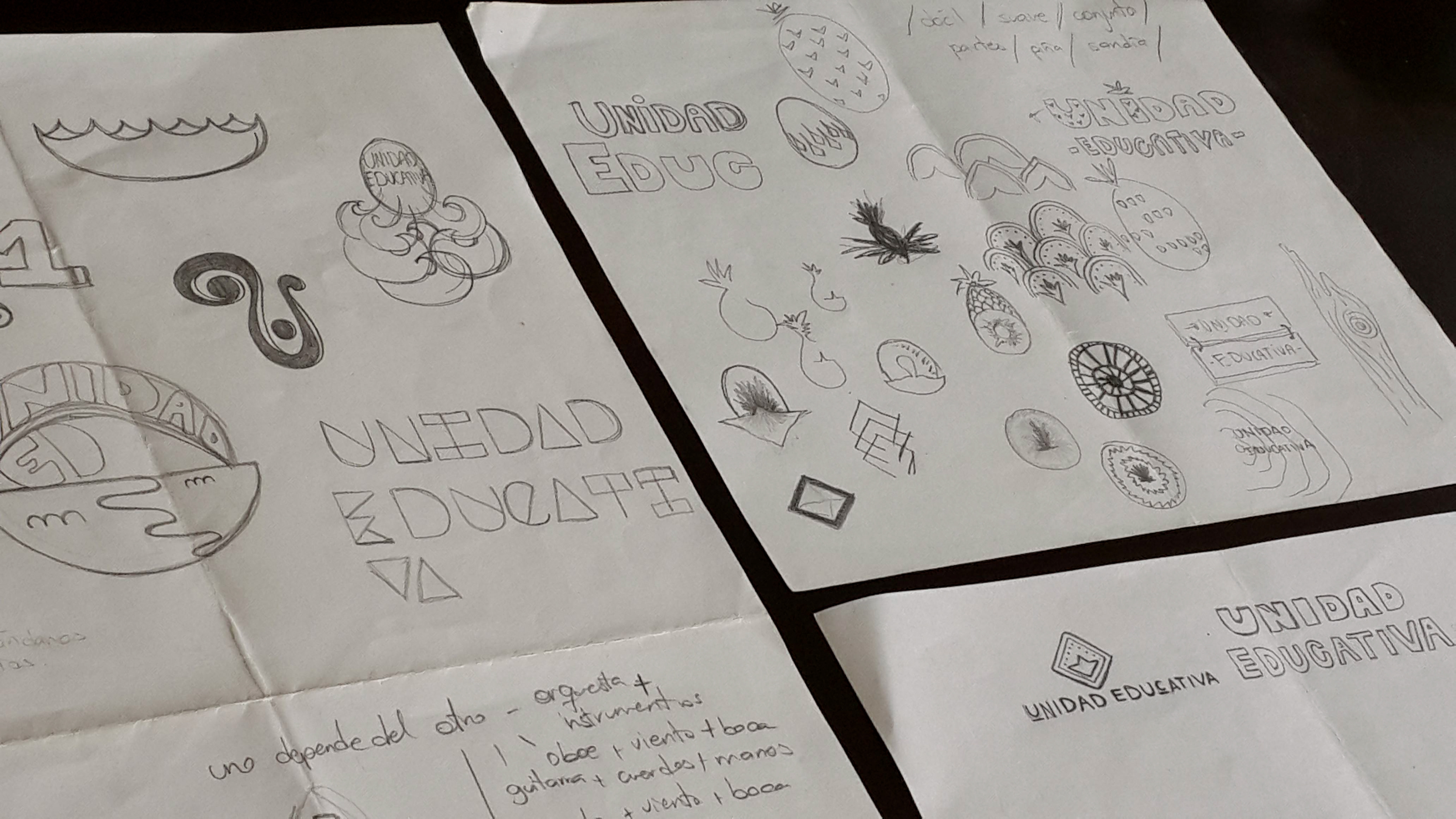
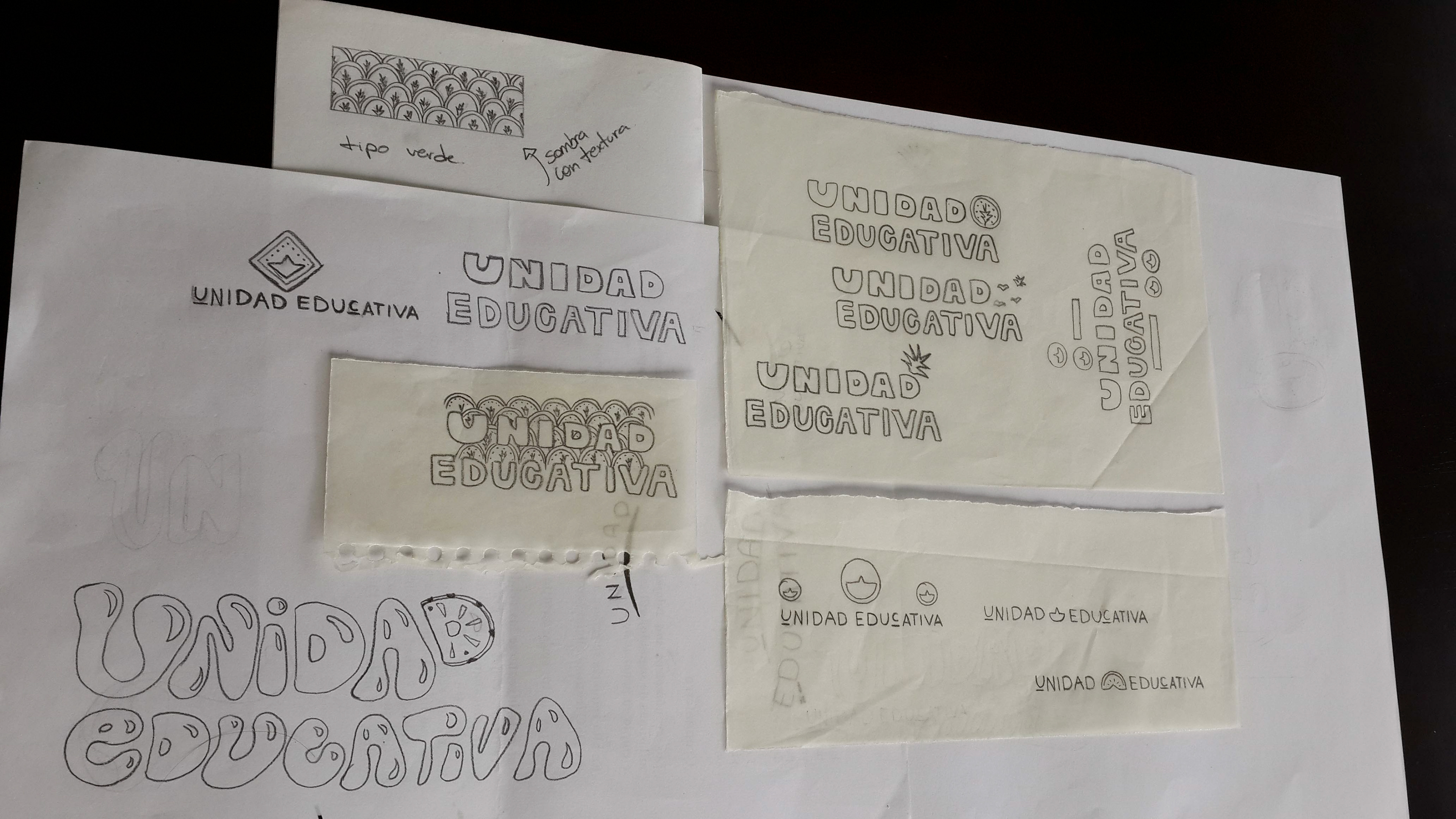
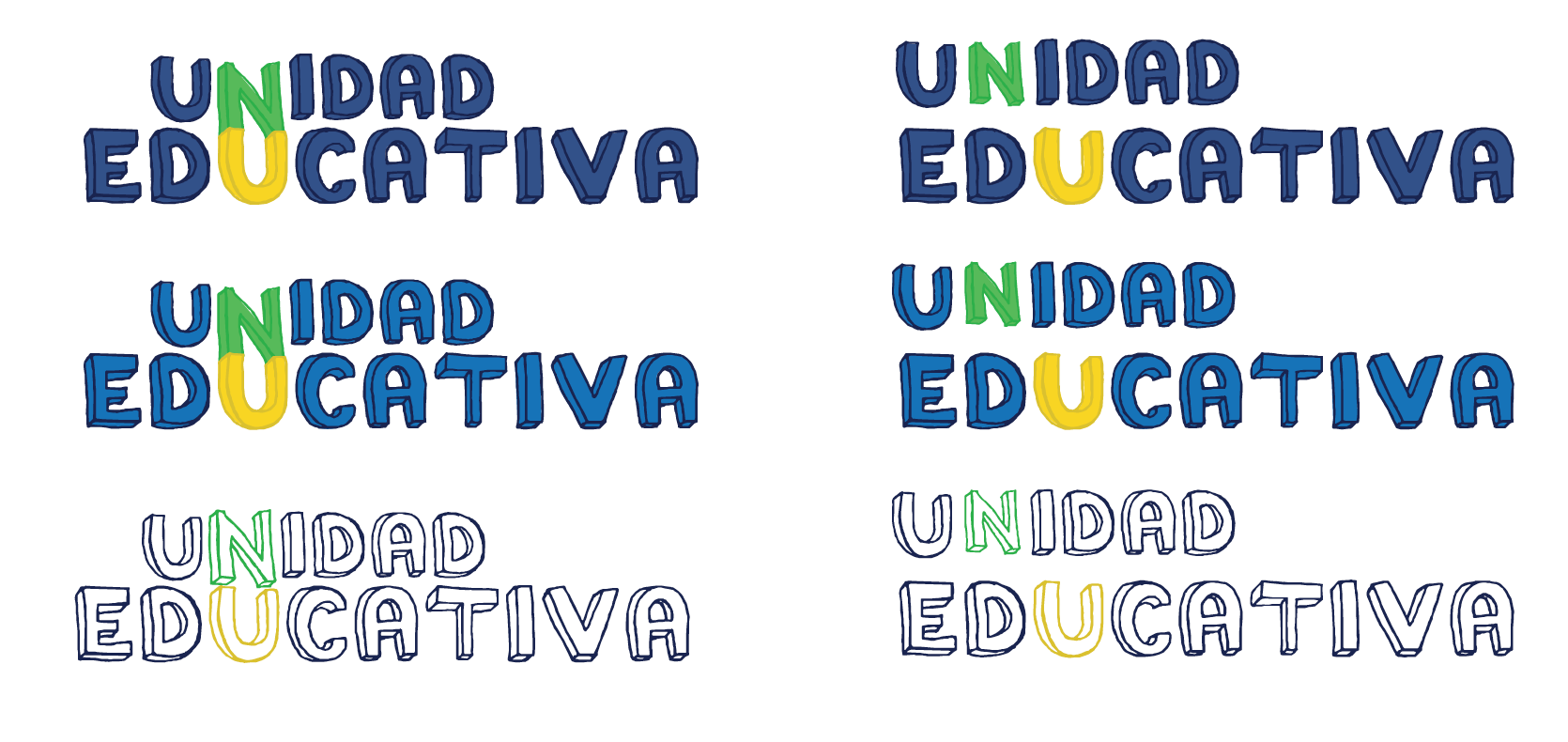
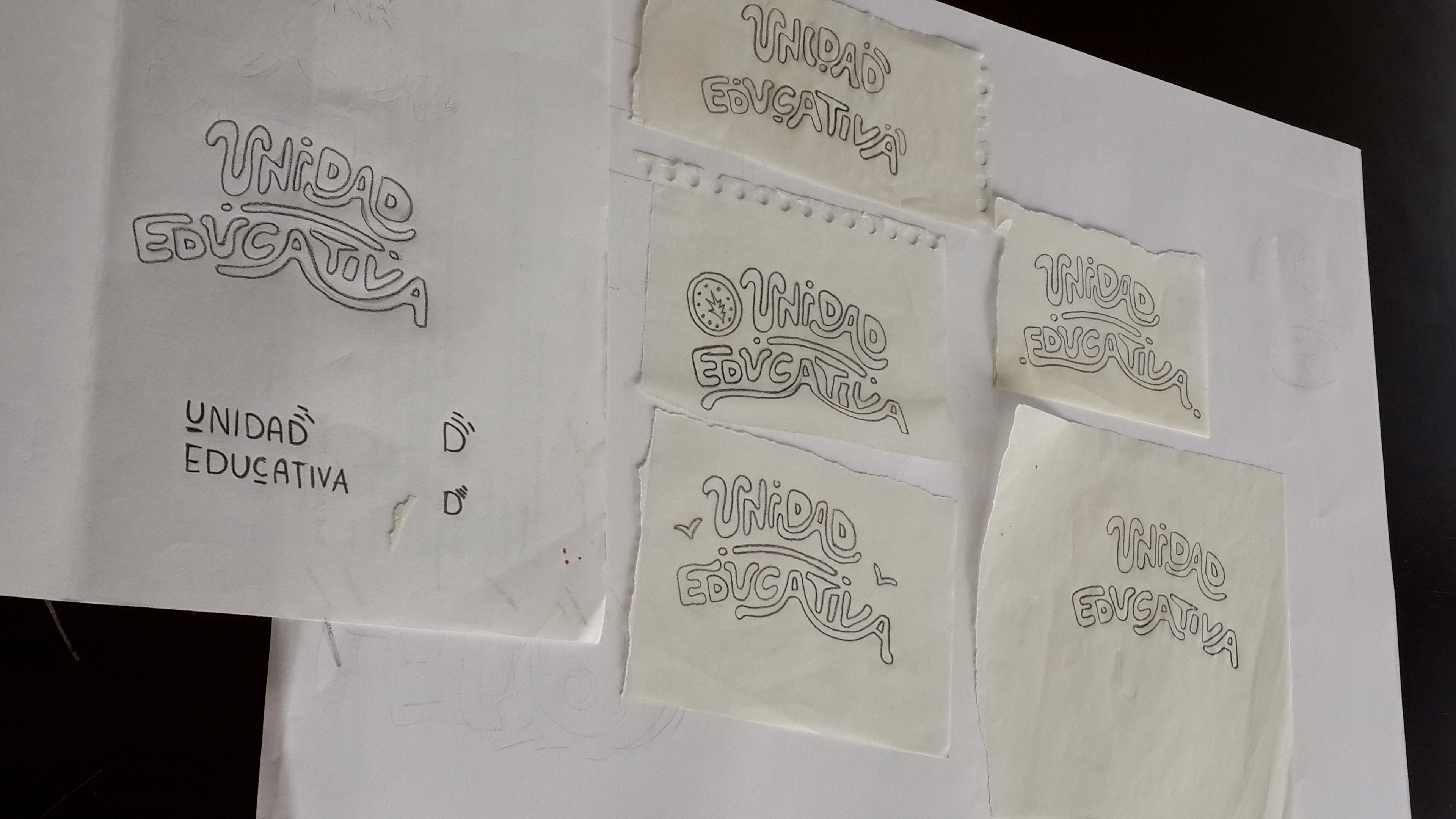
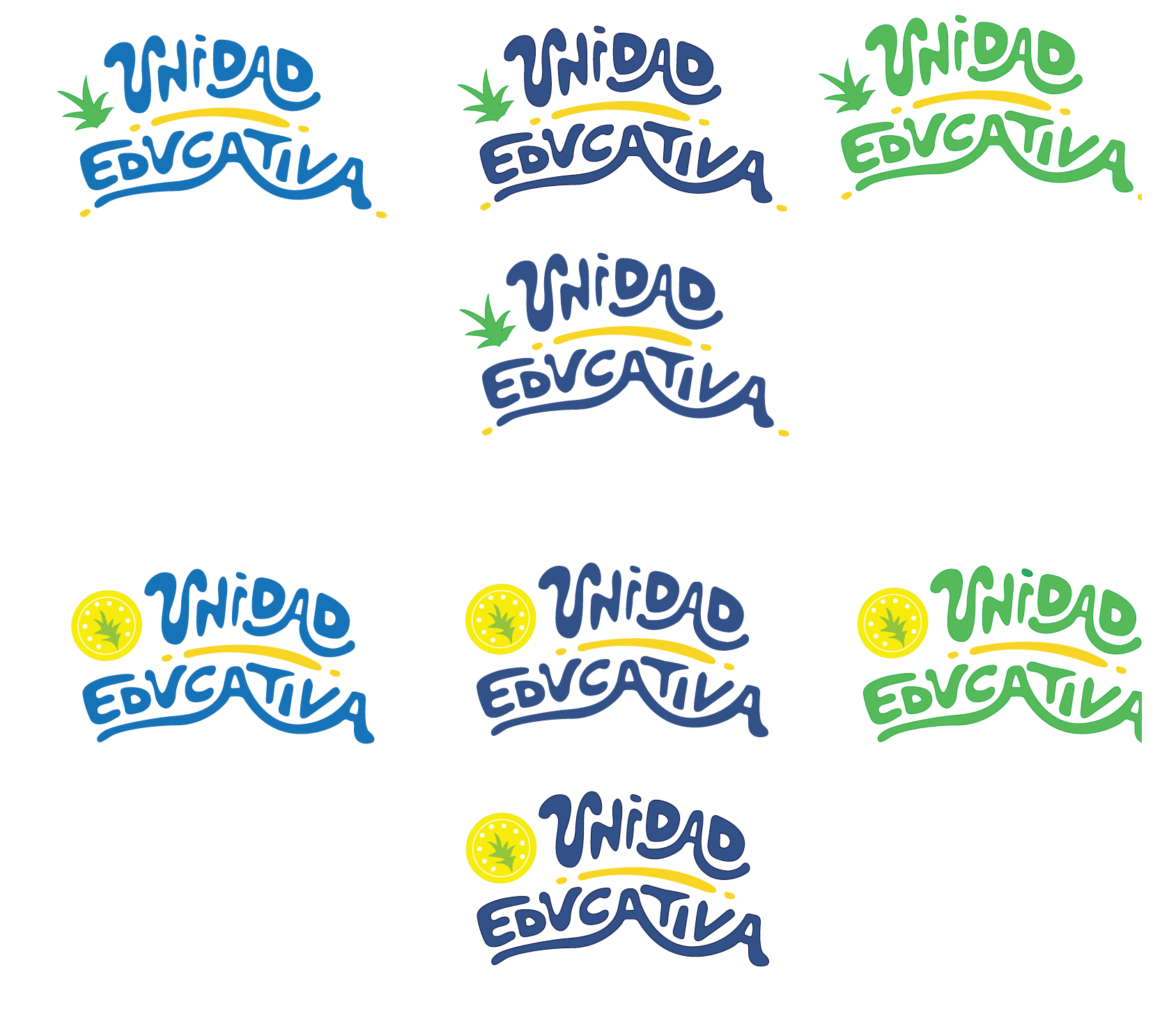
Logo:
Developed within a 1:1 ratio circular layout. The main circle will be divided into four equal parts, both vertically and horizontally. The four ovals obtained will be represented under the value 2x and two of those ovals will have the value of x. At a vertical level, "UNIDAD" will have a value of x, 5, while "EDUCATIVA" will have a total value of 2x. It will be presented as a minimum size of five centimetres by five centimetres, continuing with the 1:1 scale.
The logo design is justified to the left, generating slight tension towards the same side but providing a natural occident reading path. However, the weight on the left with the negative space at the end of "UNIDAD" gets balanced with the length of "EDUCATIVA" at the base of the logo. It shows weight and hierarchy in the message and with visual medium.
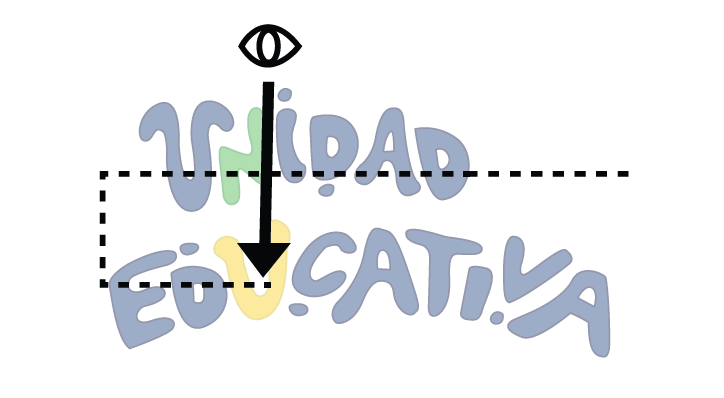
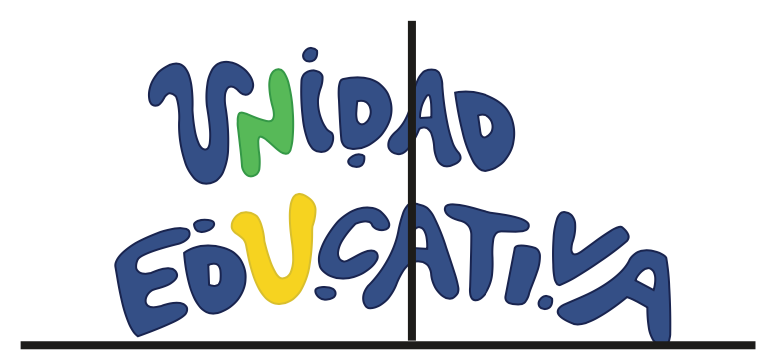
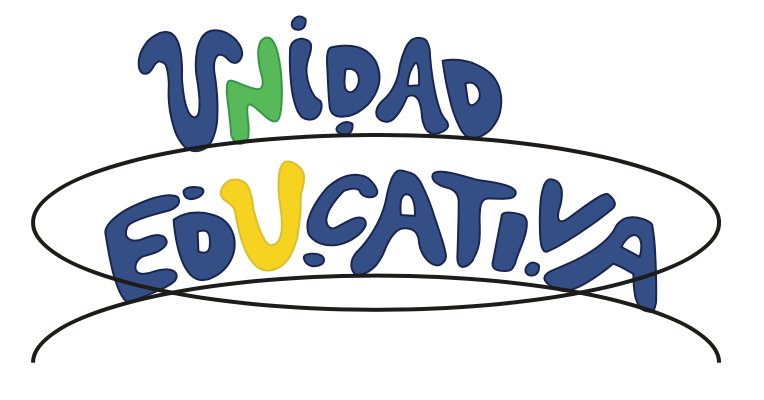
Colour palette:
Yellow, a highlight colour that expresses joy and happiness, fun and playtimes, represents students.
Green, to be the middle ground between both parties, brings a sense of balance between traditional and creative learning experiences; is also the outcome of blue and yellow according to the colour theory.
Blue, is the main colour to promote the education message and represent all teachers.
Typography:
Bespoke typography designed to showcase the brand name. Used also in the prototype design. The type-design was thought to follow the theory used to create Comic Sans. The rounded edges and the curved horizon consider the connotation of warmth, friendliness, trust and softness, essential characteristics in an inclusive society.
Within the logo, an abstract element of pineapple is established, resulting from the creative exercise from the colour category and “student” keyword. The pineapple is a set of berries joined together and considered as a whole. The outcome from this word-image is insights of union, integration and harmony, reflecting the definition of inclusive education in the logo in an abstract and subtle way. These abstract elements lead to visual irregularities, connoting joy and fun, worthy of creative and inclusive school environments.

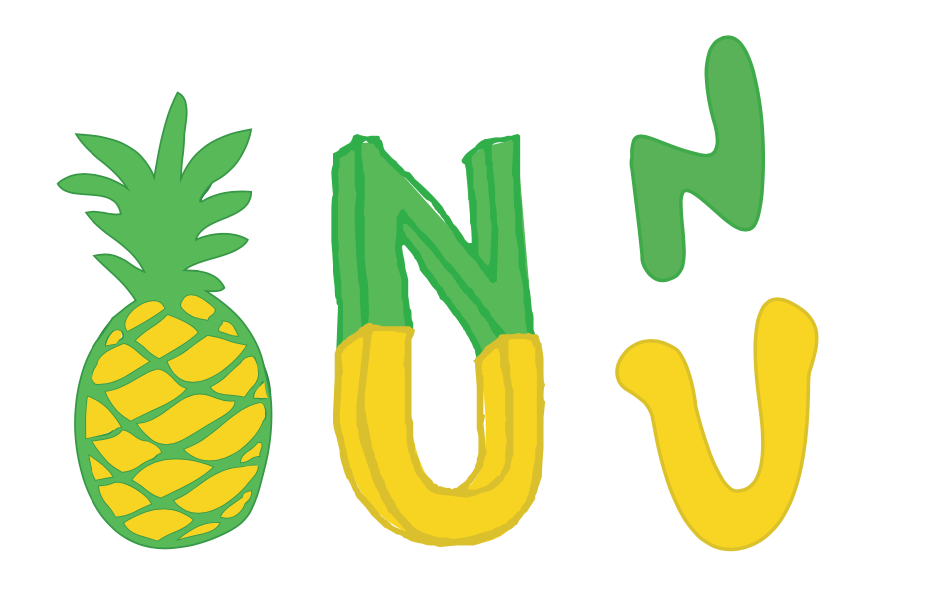
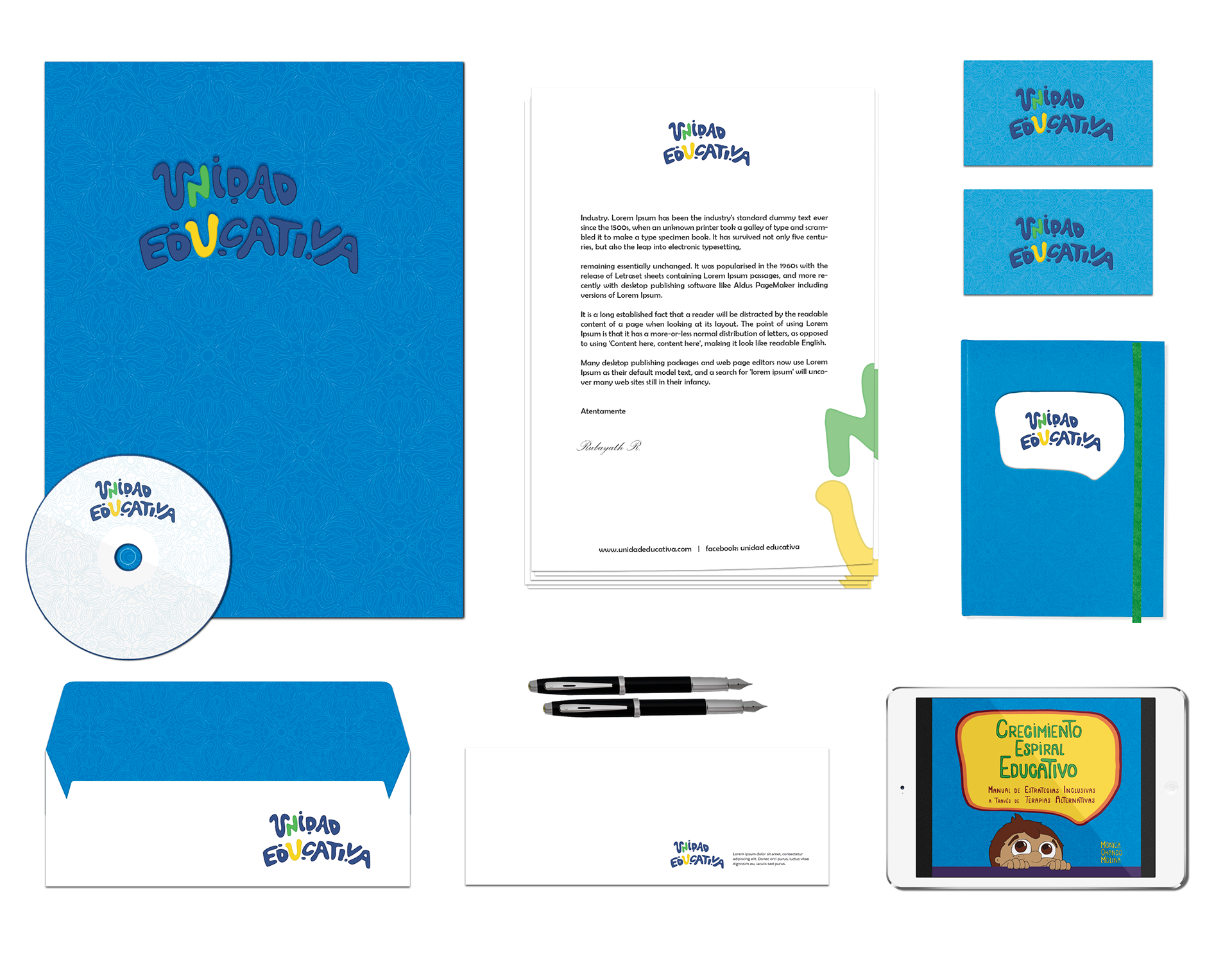

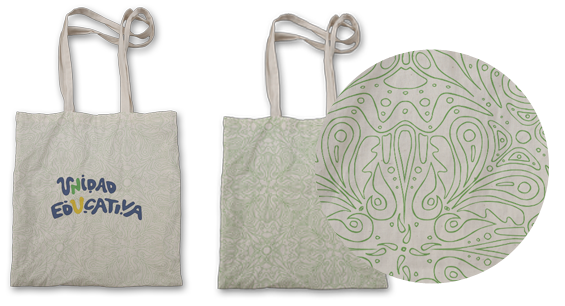
Prototype:
The decision to develop an editorial document is based on the target audience, who respond better to active teaching materials.
